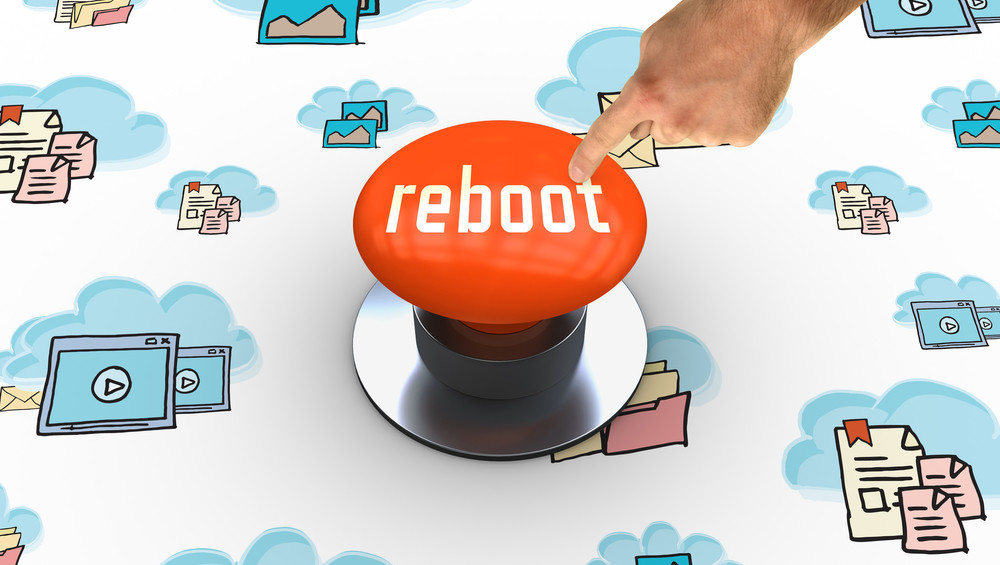
Recommitting to the principles of civility aligns sign language interpreters with the Code of Professional Conduct while fostering positive interactions both online and in person.
I have always believed strongly in the school of hard knocks. As a sign language interpreter, I have held the opinion that sensitivity is not a luxury we can afford if we want to make it in this field; if you cannot accept criticism, this is not the job for you. My opinion in the last several weeks has changed.
According to the Registry of Interpreters for the Deaf (RID), sign language interpreters are required to “maintain civility towards colleagues, interns and students of the profession.” (RID code of professional conduct, Tenet 5.1, 2009). Unfortunately, with the proliferation of websites like Facebook, Twitter, personal web pages, public forums, and other forms of social media, this tenet seems to be disappearing into the abyss of the internet faster than you can say “LOL J/K everyone.” I can assure you that not everyone is “laughing out loud,” and commentators are not “just kidding.”
I often find myself bearing witness to those who are using the internet as a platform to discuss their distaste for novice interpreters. Previously, when I would check my usual blogs, forums, and Facebook pages, I would ignore these comments. I did not realize, however, that it was not only novices who were the targets of these comments on the internet; seasoned and certified interpreters were being targeted as well. Despite the fact that these comments sometimes hurt or have made me doubt myself, I ignored them and kept practicing. After all, criticism comes with the territory – if we are not struggling, we are not growing.
How Far is too Far?
One day, I was shown an interpreter’s personal website which was used to promote their services. However, I noticed that this interpreter also used this website as a platform to discredit other interpreters who were deemed “unfit” by this person. This included sharing an – in their opinion – “unqualified” interpreter’s picture, full name and a detailed account of their interpreting errors. A few weeks later, on a different forum, an interpreter posted an image of a novice interpreting and commented that this novice should not be interpreting. To the credit of the forum’s administrator, this post was later removed with a disclaimer stating that this kind of behavior was unacceptable, but as we all know, the internet is forever. Accepting a job you are not qualified to interpret is most certainly unethical, but there must be a better and more ethical way to resolve the issue of qualification that does not involve potentially slanderous behavior.
Time for Change
Shortly after witnessing these actions on the internet, I attended Street Leverage’s Street Tour along with a diverse group of sign language interpreters ranging from current ITP students to seasoned nationally certified interpreters with more than 20 years of experience. Betty Colonomos stood before us and asked a very profound question: “What are you afraid of ?” We each took turns writing down our interpreting-related fears on posters. The result was astounding. Everyone in the room had the exact same fear: fear of being judged by other sign language interpreters.
After realizing we all were sharing the same fears, Betty encouraged us to dig a little deeper; what came to the surface was some serious interpreter-on-interpreter crime. As it turns out, not only were the novices being treated unfairly, but those with many years of experience felt that they, too, were being looked down upon for not having the training or education that some of the new interpreters had. I listened as interpreter after interpreter shared their own stories of slander. ITP students, novices, certified interpreters, and veterans of our field, at one point or another, had all experienced other interpreters tearing them down. I learned that this issue started long before the internet, and it is having a pervasive impact on our community. After listening to us all weekend, Betty left us with a final thought, “instead of being a victim, become an activist.” This is exactly what I intend to do.
A Case for Civility
P.M. Forni, the author of Choosing Civility and the co-founder of the Johns Hopkins Civility Project, describes civility as
“being aware of others and weaving restraint, respect and consideration into the very fabric of this awareness…It is not just an attitude of benevolent and thoughtful relating to other individuals; it also entails active interest in the well-being of our communities” (2002).
This is a concept that we, as professional sign language interpreters, are quickly losing sight of. This lack of civility is creating a chasm in our community. It needs to stop. Maintaining civility towards one another is the only way to bring us together. Without adopting a civil attitude, we are going to continue to tear each other apart.
It Starts With Accountability
In 2012, Carolyn Ball wrote a similar article for Street Leverage asking us what role civility has in the interpreting profession. Civility begins with ourselves. If each sign language interpreter were to promise never to tear down another interpreter, to maintain civility and to keep the best interests of their counterparts in mind; the change would be enormous. We can repair this rift we have created. I still believe in the school of hard knocks, I still believe that you need to struggle in order to grow; I believe in civility, too. It is possible to believe in both. If we promise to support one another and be mindful of our actions, both on and off the internet, we can create an environment that is more conducive to effective interpreting.
Conclusion
If you find yourself frequently frustrated by other sign language interpreters, reach out, instead of calling them out. I highly recommend Forni’s book, Choosing Civility. As a person who used to think civility was just “being nice” or “sugar coating things,” I learned, after reading this book, that this is not the case at all. You can still have grit and be gracious. You can still be assertive and agreeable. It all starts with a choice to hold ourselves accountable both on and off the internet.
Questions for Consideration:
- What are three things you can do to increase the level of civility in your professional life?
- How can you hold yourself and others accountable for internet interactions regarding other interpreters?
- What can you do to support other interpreters in supporting the concept of civility in the profession?
- Can you list several concrete ways we can model civility to our peers both online and in person?
Related Posts:
Accountability: A First Step to Harmony Among Sign Language Interpreters? Sabrina Smith
It Takes a Village to Raise a Sign Language Interpreter by Brian Morrison
The Value of Networking for the Developing Sign Language Interpreter by Stacey Webb
References:
Ball, C. (2012). What Role Does Civility Play in the Sign Language Interpreting Profession. Retrieved October 21st, 2015 from http//:www.StreetLeverage.com.
Forni, P.M (2002). Choosing Civility: The Twenty Five Rules of Considerate Conduct. New York, New York: St. Martin’s Press.
NAD-RID Code of Professional Conduct. (2009) Retrieved October 26th, 2015 from http//:www.rid.org









